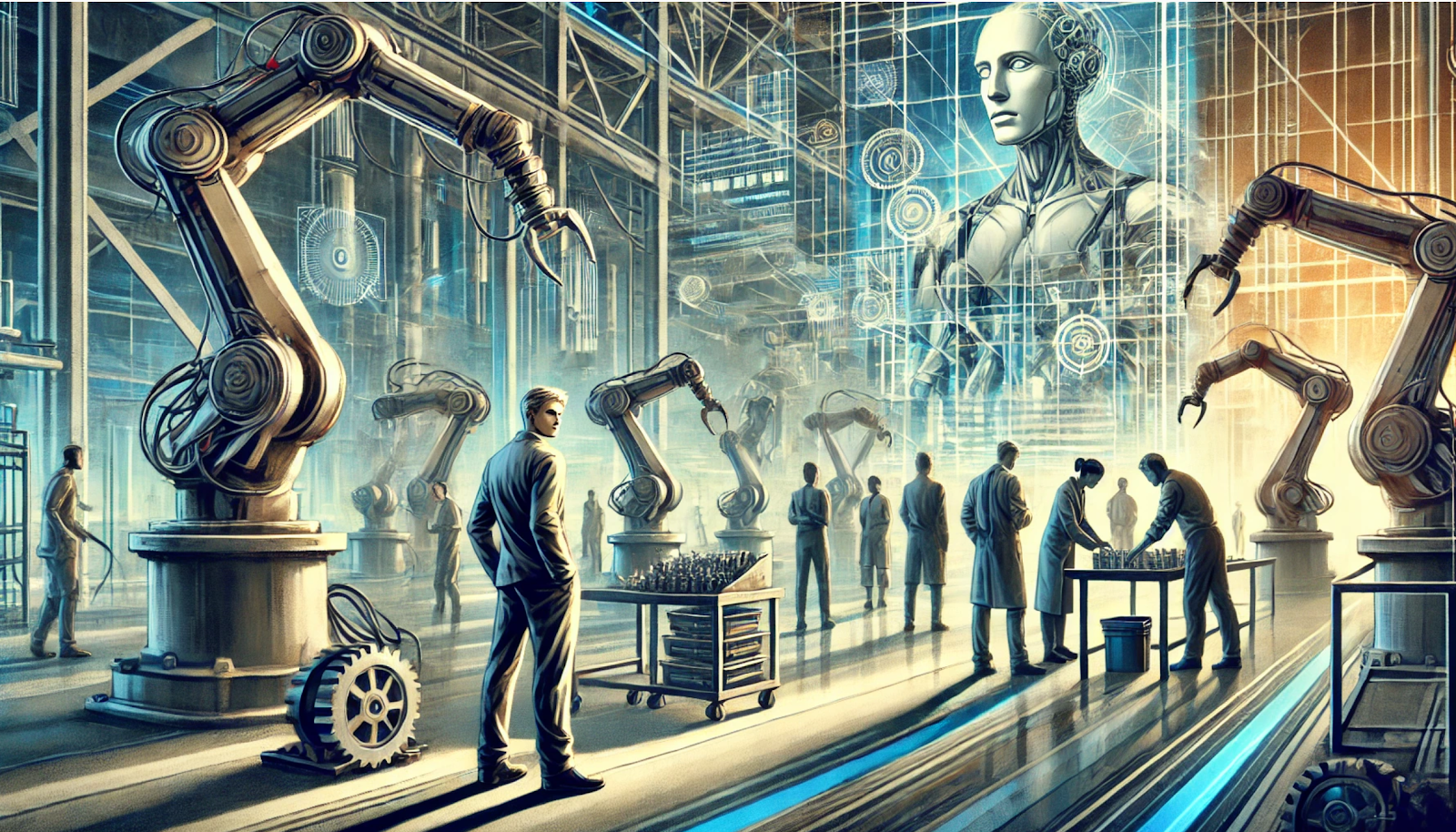Disruptive innovations, as defined by Clayton Christensen, typically emerge at the margins before gradually overtaking established players. In contrast, artificial intelligence in education is not a slow-moving force of competitive displacement. It is an invasive innovation—spreading far beyond the predictions of Everett Rogers’ diffusion model, propelled not as much by institutions as by students themselves. This is not a technology waiting to be adopted. It is a reality forcing adaptation. Treating it as an optional innovation mises the point entirely.
Educational leaders, policymakers, and institutions may wish to evaluate AI’s impact, consider best practices, and implement careful frameworks. But they are not in control of the timeline. The adoption is not up for debate. It is already happening, driven by students who see AI not as a tool of the future but as an everyday utility, as natural as search engines or calculators. The question is not when to integrate AI into education, but how to manage an environment where AI is already integrated—often in ways institutions neither designed nor anticipated.
This is why traditional approaches to educational innovations are inadequate. Normally, innovations are assessed, piloted, and then scaled. But AI in education is unfolding more like a crisis than an initiative. It requires a response more akin to a public health emergency than a strategic rollout. When COVID-19 disrupted education, schools did not spend years analyzing whether remote learning was effective. They pivoted overnight, creating imperfect but necessary solutions. AI invasion demands a similar level of urgency.
Institutional response to invasive AI must be comprehensive rather than defensive. How do we accommodate this invasive innovation? Putting AI tools directly in the hands of faculty represents a critical first step, ensuring they engage with the same technologies their students already access freely. This must be paired with robust professional development—not merely technical training but genuine pedagogical exploration that helps educators reimagine their disciplinary approaches in an AI-augmented world.
Beyond tools and training, institutions must invest in creating dedicated time and space for disciplinary teams to collaboratively revise their assignments. The goal is not to create "cheat-proof" assessments but to develop authentic tasks that meaningfully incorporate AI as a partner in learning. This demands protected time away from everyday teaching pressures, where faculty can experiment, fail, refine, and document new approaches that acknowledge AI as a permanent fixture in their educational landscape rather than an external threat to be neutralized.











